
+27 010 824 1350
The Offices of Hyde Park Block B Strouthos Place Hyde Park Sandton 2196 South Africa

Minimal maintenance for dry-type transformers

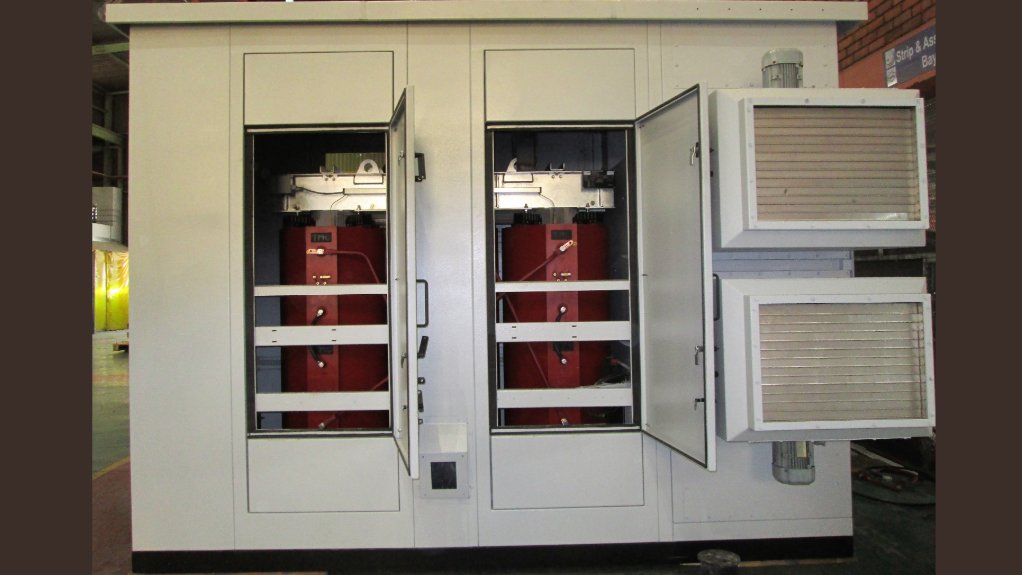
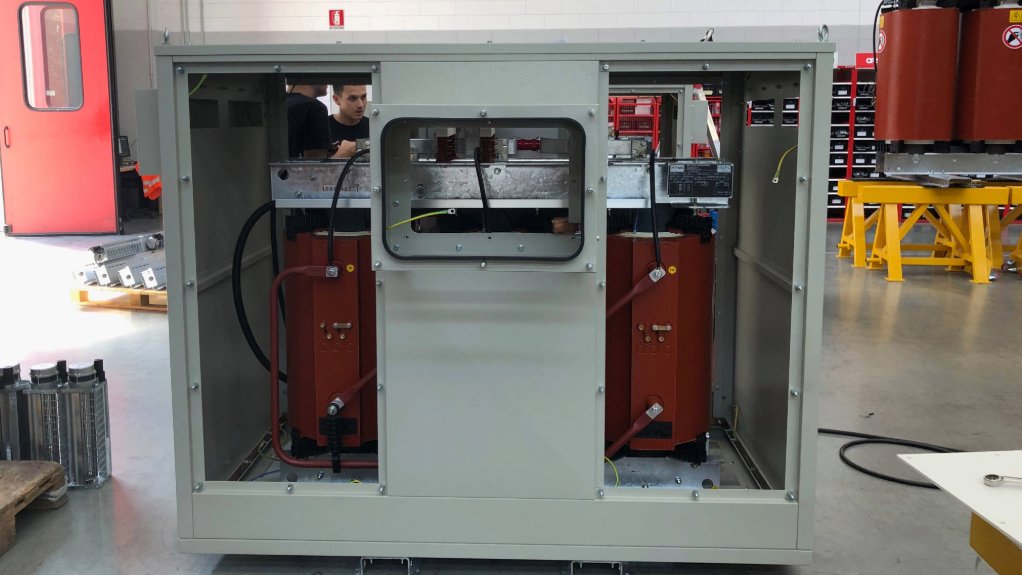
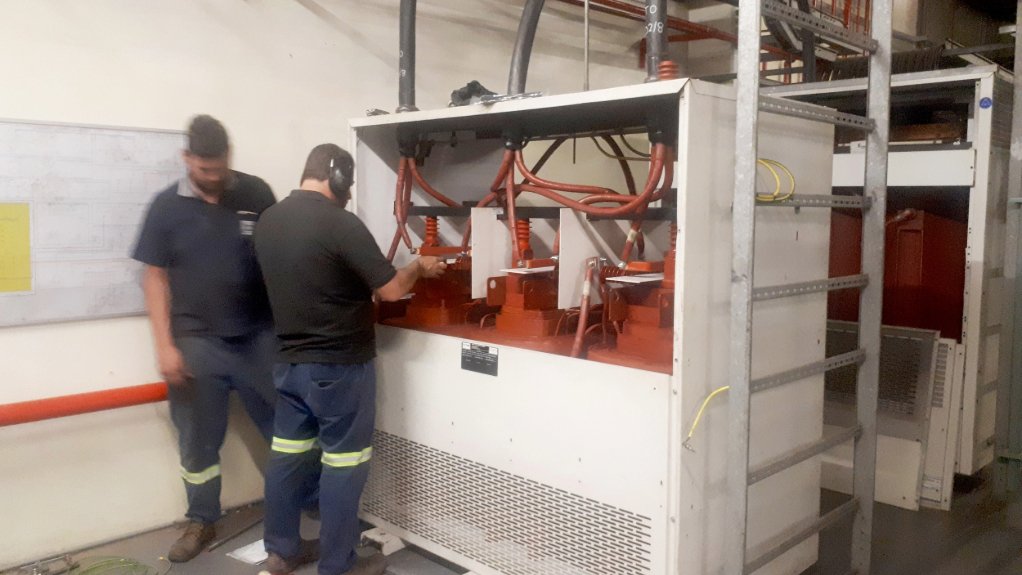
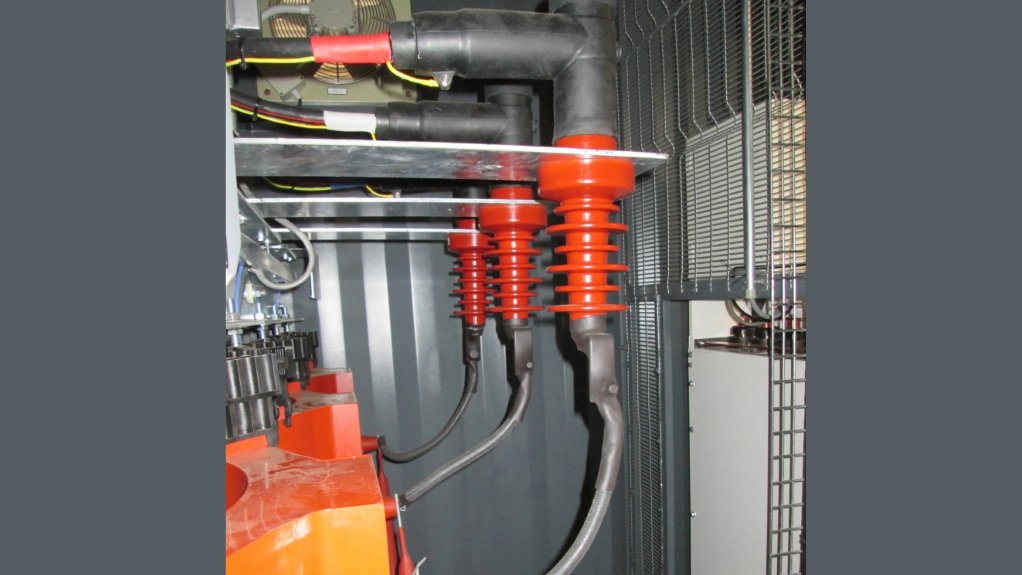
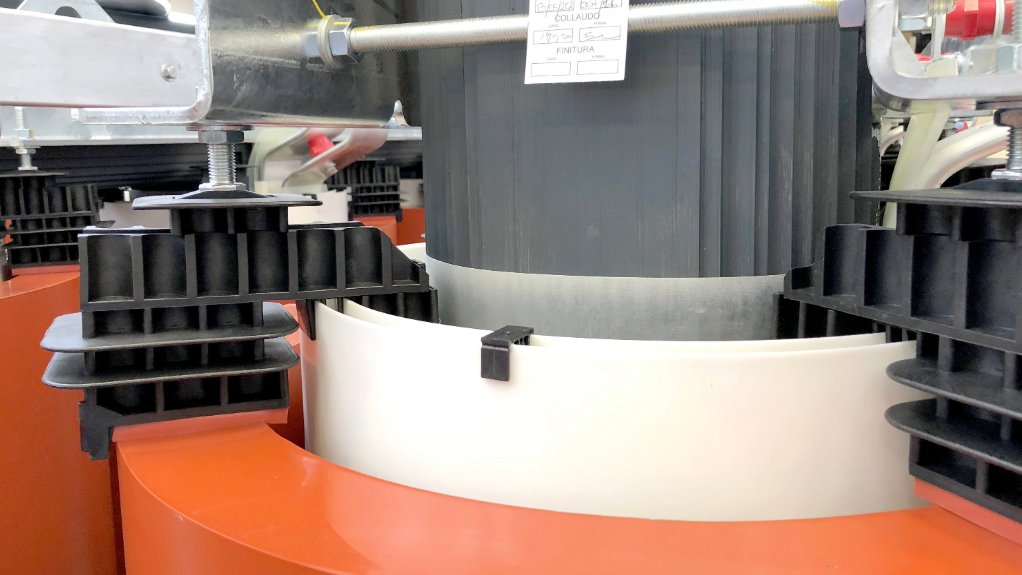
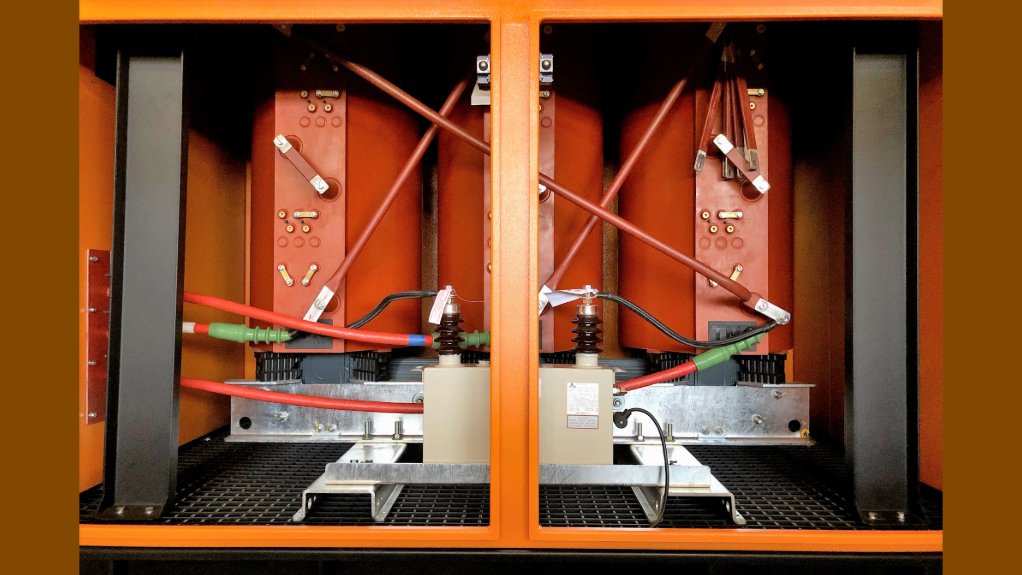
Among the range of benefits of dry-type transformers is the limited maintenance they need
With minimal levels of maintenance needed, dry-type transformers offer reliable performance over lengthy lifespans
A key advantage of dry-type transformers is maintenance is relatively quick and simple compared to oil cooled transformers
A dry-type transformer installed in modular substation
To guide the customer in their maintenance planning, Trafo Power Solutions provides a maintenance manual with each installation
Trafo Power Solutions provides site-specific servicing guidelines that suit individual dry-type transformer applications and environments
With minimal levels of maintenance needed, dry-type transformers offer reliable performance over lengthy lifespans, with few of the risks and hazards associated with oil cooled transformers.
According to David Claassen, Managing Director of dry-type transformer specialist Trafo Power Solutions, the fact that these units are air cooled means much of the limited servicing required relates involves maintaining clear air channels, which can be compromised by the accumulation of dust layers.
“To allow for the transformer to cool effectively, it is important to regularly check that there is not an excessive build-up of dust on or around the transformer,” Claassen explains. “Depending on the ambient conditions, dust can build up in these confined spaces and start to impede the free flow of air.”
Dust accumulation can be easily addressed by using a leaf blower or similar appliance to remove the dust from the transformer. This method quickly disperses the dust, leaving the surfaces clean and allowing for more efficient heat transfer.
He highlights that a regular maintenance schedule is especially vital in applications such as coal mines, where there are often high dust levels. Where dust layers prevent adequate cooling, the transformer could run at temperatures higher than its design parameters. This, in turn, degrades the insulation material faster and could significantly reduce the unit’s lifespan. Even in the event that a completely sealed enclosure is used (≥ IP55), it is possible for dust to enter the enclosure while the doors are opened or in cases where the doors are left open accidently.
“It is also important to check that the temperature probes are measuring accurately,” he notes. “This, of course, ensures that any unexpected temperature rise will trigger the necessary alarm, and that the feed-in circuit breaker to the transformer is tripped in the event of overheating.”
Terminals on the transformer should be checked, as it is possible for these connections to loosen due to vibrations or other factors. This is a simple process of checking the torque on these connection points, as any looseness could lead to partial discharge, heat build-up and further damage.
To guide the customer in their maintenance planning, Trafo Power Solutions provides a maintenance manual with each installation. This details the required frequency of service interventions, which in a clean indoor environment is usually only once a year. Under dusty conditions that might be encountered outdoors, the maintenance should normally be conducted every six months.
“Beyond our standard requirements, we also provide our customers with site-specific servicing guidelines that suit their application and environment,” says Claassen. “Indeed, we can provide the actual maintenance service should the customer require – ensuring that they have access to a detailed log of results and recommended interventions.”
He explains that, while the maintenance tasks are generally straightforward, the transformer does need to be de-energised by a qualified technician before this work is conducted. This ensures the necessary compliance to regulations relating to medium voltage equipment, including procedures for lock-out and isolation.
“A key advantage of dry-type transformers is that this maintenance is relatively quick and simple compared to oil cooled transformers,” he notes. “A key difference in the servicing of these two technologies is that conventional oil cooled transformers require oil samples to be regularly taken and sent away for testing and analysis. This is a costly and time consuming addition to their total cost of ownership.”








